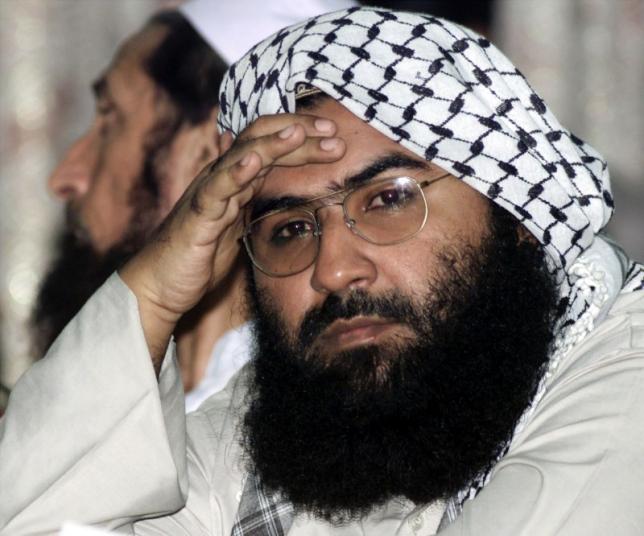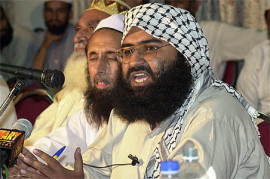
The interior ministry is responsible for determining whether any group is to be banned under the Anti-Terrorism Act of 1997. But their job does not stop there, it is supposed to keep tabs on such organisations and prevent them from re-emerging.
FRC first quarter report 2016: Violence by banned outfits increases 34% this year
However, the ministry has failed to take concrete action to restrain actions of groups beyond adding their name to a central list.
The ministry presented a list of banned organisations to the Senate in December 2015 with 61 names on it. That list has not been updated since nor has it been made available to the public.
One of the organisations which have repeatedly circumvented the government’s restrictions by rebranding themselves is the Sipah-e-Sahaba Pakistan (SSP). It was first banned on January 22, 2002. It resurfaced as Millat-e-Islami before the government banned that iteration in November 2003. But it did not deter the group who managed to reinvent itself as the Ahl-e-Sunnat Wal Jamaat (ASWJ).
Though the ASWJ was banned on February 15, 2012, it has continued to flout that ban by staging sporadic activities across the country without much fear of retribution from the state.
Similarly, the Hafiz Saeed-led Lashkar-e-Taiba (LeT) was banned in 2002. The group and Saeed were able to reinvent themselves under the banner of Jamaat-ud-Dawa (JuD) and expand their operations into a vast charity network as well. Despite being sanctioned by the United Nations, the government has only kept the group on ‘observation’ while the group’s chief Saeed continues to headline events across the country delivering public speeches.
Three campaigners of banned outfits held in Peshawar
Jaish-e-Muhammad (JeM), accused of carrying out deadly attacks in India, was first banned on January 22, 2002. It did not take long for the group to resurface under the new name of Khuddam-ul-Islam. The government banned that group on November 15, 2003. However, the group has continued to operate in the shadows.
Tehreek-e-Jaafria Pakistan (TJP) is another banned organization which was first proscribed on January 22, 2002. It soon re-emerged with a new title, Islami Tehreek Pakistan. It was again banned on November 15, 2003.
Imtaiz Gul, the executive director of Centre for Research Security Studies (CRSS), told The Express Tribune that poor enforcement of law is the lead cause of such issues.
He added that the seventh point of the government’s National Action Plan (NAP) also specifically deals with re-emergence of proscribed organisations under different names.
“These outfits don’t require registration to operate and they rename themselves to avoid surveillance from security agencies,” Gul says.
“We have an existing framework of law and the only thing we need is enforcement of law through consolidated efforts.”
Published in The Express Tribune, June 8th, 2016.










































COMMENTS (9)
Comments are moderated and generally will be posted if they are on-topic and not abusive.
For more information, please see our Comments FAQ